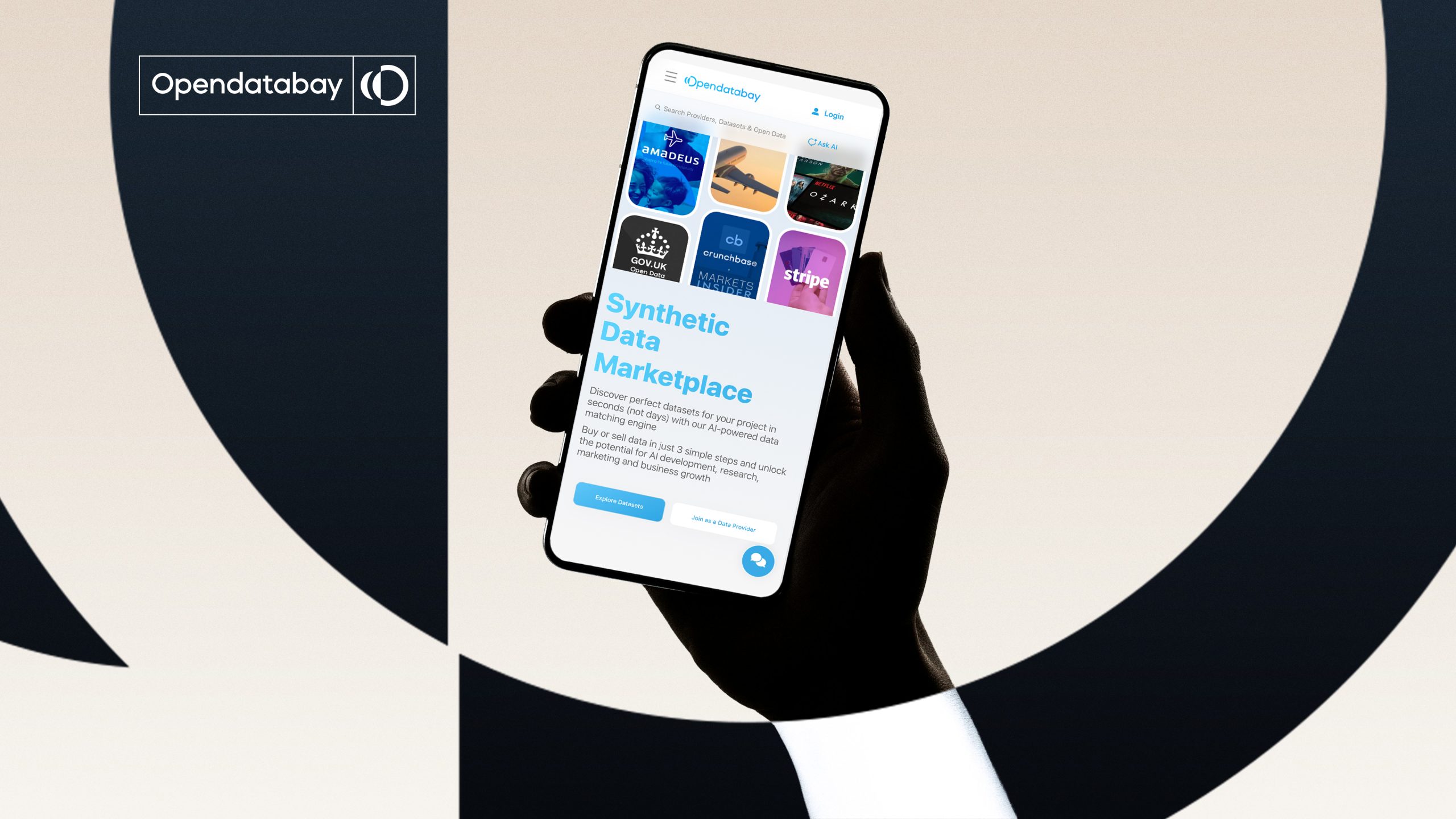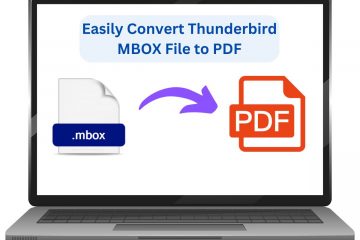Data is no longer just a byproduct of digital activity — it’s a valuable commodity. Every search, click, purchase, and app interaction creates data that businesses and researchers are willing to pay for. Yet most people don’t realize they’re sitting on a digital goldmine. In this guide, we’ll break down data selling in simple terms and explain how anyone — from individuals to startups — can start earning from their data.
If you’ve ever wondered how to monetise your data, this is your blueprint.
What Is Data Selling?
Data selling is the process of offering access to your personal, business, or generated data in exchange for money or value. The data may be used for market research, AI model training, consumer analysis, or product development.
You don’t have to be a tech company to sell data. Individuals can also profit from anonymous browsing history, fitness tracker stats, or app usage patterns. The key is to understand what data you own, ensure it’s ethical and compliant to share, and find the right marketplace.
What Type of Data Can Be Sold?
Here are common types of monetizable data:
- Personal Data (Anonymized): Browsing habits, online shopping behavior, app usage, social media engagement
- Business Data: Customer feedback, transaction logs, sales analytics, operational metrics
- Sensor/IoT Data: From smart homes, wearables, vehicles, and industrial machines
- Synthetic Data: Artificially generated datasets that mimic real-world data but contain no actual personal identifiers
Thanks to the rise of synthetic data, even those without access to real-world users can generate valuable information that can be sold legally and ethically.
Who Buys Data?
A wide range of industries and organizations are eager to buy data:
- AI companies: To train machine learning models
- Retailers and marketers: To understand consumer behavior
- Researchers and academics: For statistical analysis and simulations
- Insurance and financial firms: For risk modeling and fraud detection
- Government and smart city planners: For urban planning and public safety
As long as the data is clean, relevant, and privacy-compliant, there’s a buyer for almost any kind of insight.
How Anyone Can Monetise Their Data: Step-by-Step
Let’s break down how anyone can monetise their data, even without technical expertise:
1. Identify the Data You Own
Start by listing all the digital tools, apps, and platforms you use. Ask yourself:
- Does this tool collect behavioral data (e.g., clicks, searches)?
- Do I have access to this data (via downloads, APIs, or dashboards)?
- Is this data personal or generated by machines/devices?
Even small datasets can be valuable if they’re unique or niche.
2. Clean and Format the Data
Data buyers prefer structured, labeled, and easily readable datasets (e.g., CSV, JSON, Excel). Make sure:
- Unnecessary or irrelevant columns are removed
- Entries are consistent and free from major errors
- The file includes a short description and data dictionary
If your data contains sensitive details, be sure to anonymize or aggregate it before sharing.
3. Choose a Trusted Marketplace
There are now several platforms where you can list your data for sale. These include:
- AI data marketplaces: Platforms that cater to AI developers looking for training data.
- Synthetic data marketplaces: Specializing in privacy-safe, generated datasets.
- Consumer data platforms: Apps that let individuals share data anonymously for micro-payments.
These marketplaces handle licensing, pricing, and secure file transfers, making it easy to get started.
4. List and License Your Data
Most marketplaces allow you to upload your dataset and define terms such as:
- One-time purchase or subscription access
- Research-only use or commercial usage
- Exclusivity or multi-user licensing
Be honest and transparent about the origin and structure of your data to build trust with potential buyers.
5. Promote Your Dataset
Simply listing your data isn’t always enough. Share your listing on LinkedIn, AI forums, or data communities to attract attention. Highlight unique features like:
- Real-time updates
- Rare or hard-to-find insights
- Niche domain relevance (e.g., data from a rural farming community)
6. Keep Your Data Fresh and Updated
Outdated data loses value fast. Keep your dataset updated and consider offering a “live” feed or versioned updates for long-term buyers.
Ethical and Legal Considerations
Before you begin, understand the responsibilities that come with data selling:
- Compliance: Follow privacy laws like GDPR, CCPA, or HIPAA.
- Consent: Never sell personal data without clear consent.
- Transparency: Be clear about how your data was collected and what it contains.
- Bias Awareness: Avoid contributing to biased AI systems by offering balanced datasets.
Using synthetic data can help you stay compliant while still offering valuable insights.
Final Thoughts
Data selling is no longer just for big tech companies. With the right tools, mindset, and platform, anyone can become a data provider — turning unused or overlooked digital assets into real income. As the demand for diverse and high-quality datasets grows, more people will tap into this opportunity.
By taking control of your data, you not only earn money but also contribute to the next wave of AI innovation.





